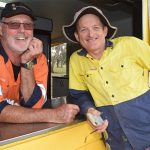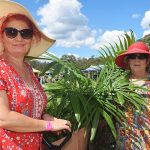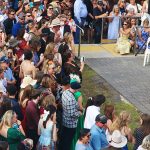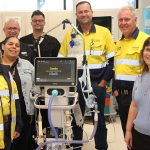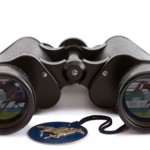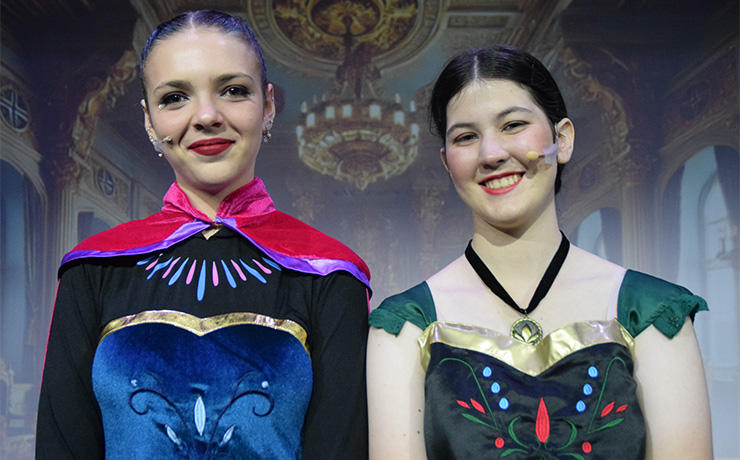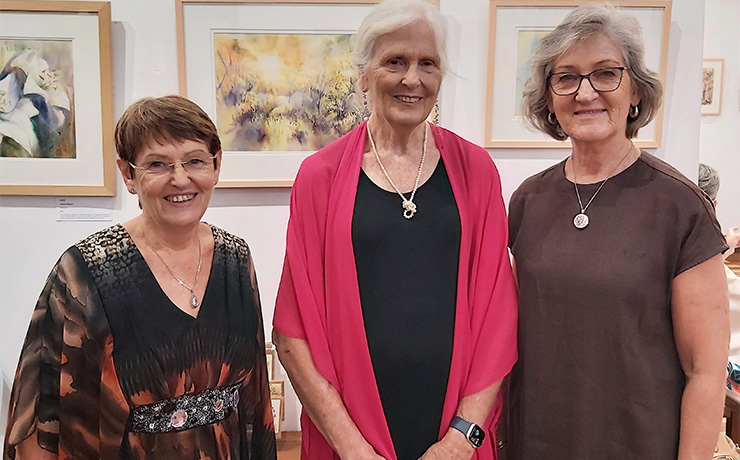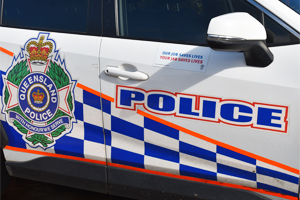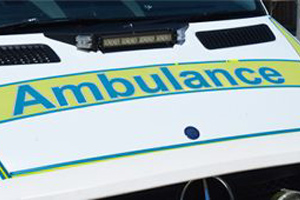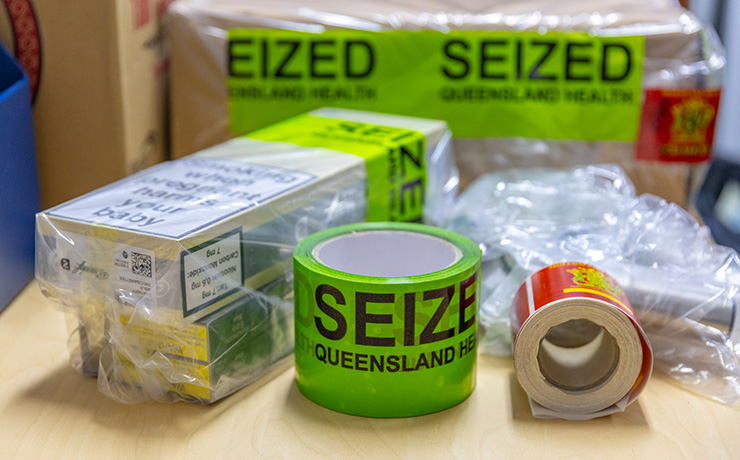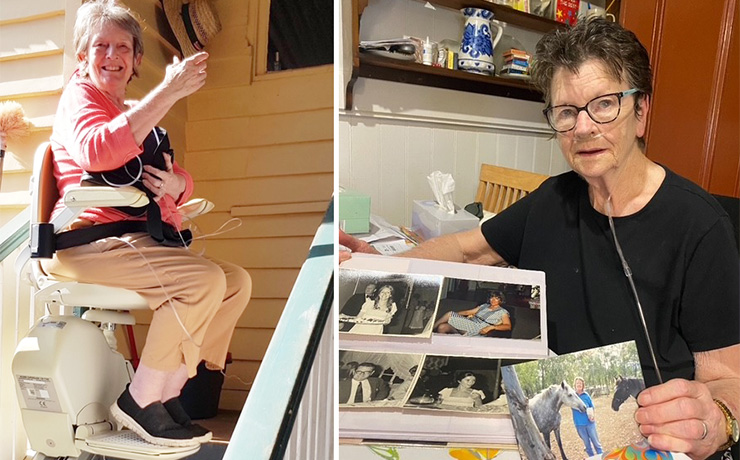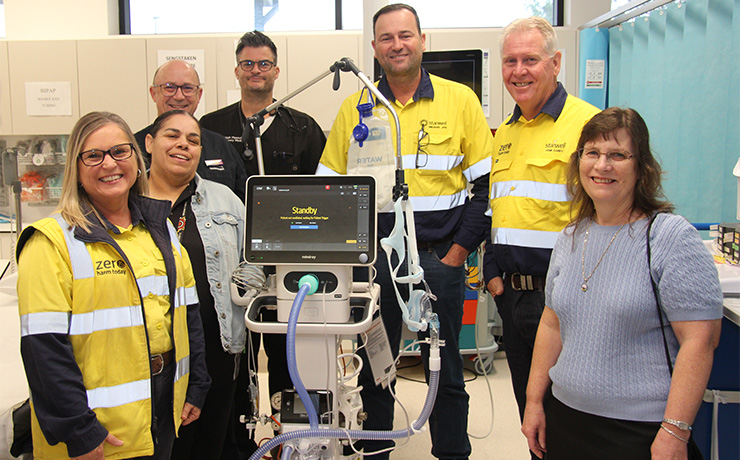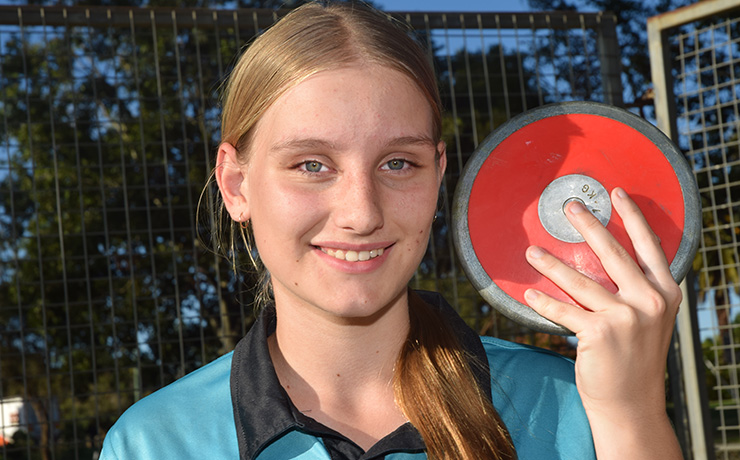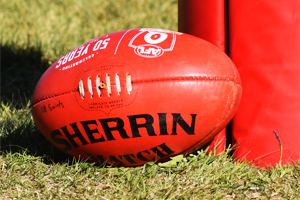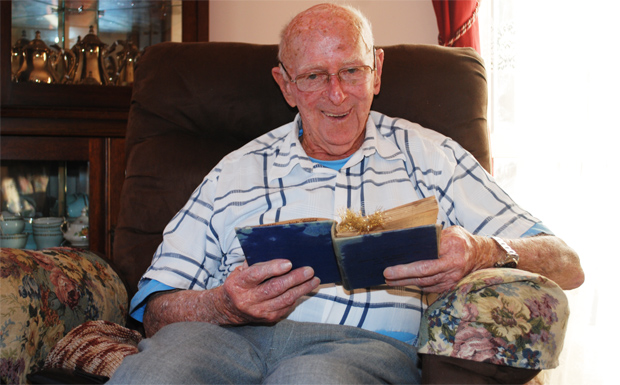
June 20, 2014
History is full of coincidences but this one is special … 70 years ago this week Yarraman retiree Paul Tunn took part in the same bombing mission over Germany as Murgon war hero Patrick Tiernan.
A delegation from the South Burnett recently returned from the Netherlands where they marked the 70th anniversary of Flight Sergeant Tiernan’s death during World War II.
But what they probably didn’t know was that living quietly in Yarraman was an Australian veteran from the same bombing raid.
On June 16, 1944, hundreds of planes took off from British airfields to target a synthetic fuel plant in the Ruhr Valley.
Flt Sgt Tiernan was on board a Halifax which took off from Full Sutton in Yorkshire; about 50km away Paul Tunn’s aircraft was taking off from Lissett.
Both planes headed to Sterkrade. Both planes dropped their bombs and headed for home …
Tragically, Tiernan’s plane didn’t make it, exploding mid-air over Dodewaard in the Netherlands.
Paul Tunn’s plane was also attacked but their rear gunner managed to shoot down the Junkers 88 which had engaged it.
This all occurred just 11 days after D-Day …
Paul was born in Indooroopilly in 1922 and graduated from St Joseph’s, Gregory Terrace, in 1939 just as World War II was erupting.
After training as a teacher, he was sent to Roma as his first posting … but he had also sent off his application to join the air force (which his father had to approve).
Paul was finally called up in July 1942 and was sent to Sandgate for initial training, and then onto Kingaroy, Maryborough and Evans Head.
“Everyone wanted to be a fighter pilot,” he recalled, but fortunately for Paul, he was classified as a Wireless Air Gunner.
“I knew a lot of fellows who were fighter pilots. Every one of them was killed,” he said. “Some went to the bombers. Some of them made it, but some were shot down.”
At Evans Head, graduates were either sent to England to fight in the European theatre or to the Pacific War. Again, Paul was lucky … he was sent to England.
But his training wasn’t over yet …
One exercise in England, in an Avro Anson, almost finished Paul’s war before it had begun.
Paul and his crew were on a cross-country navigational exercise which somehow went wrong when they ended up out over the North Sea; turning back, their fuel gauges were pushing “empty” long before they reached home.
They made it to a US base at Hethel, near Norwich, but they didn’t have suitable fuel for an Anson. A calculated decision was made to return to RAF Moreton Valence, near Gloucester. They ran out of petrol as they were coming to a halt on the runway.
And still the training continued, now in Whitleys and finally, in May 1944, in Halifax heavy bombers.
Paul was the only Australian on the seven-man crew.

D-Day – the Normandy landings which began the Allied push to liberate France – was June 6, 1944.
Paul’s crew, part of 158 Squadron, made their first operational sortie just six days later, on June 12, to Amiens in northern France where they bombed a rail junction and marshalling yards.
It was a baptism of fire, with the mid-upper gunner shooting down a Focke-Wulf 190.
On June 15, they were sent to bomb a Panzer Division HQ; and then on June 16, it was the mission to Sterkrade.
“That was the first time we went to the Ruhr,” Paul said.
The Ruhr Valley – Germany’s industrial heartland – was heavily defended.
“They say they could get 11,000 guns to bear on any one aircraft. At night it was just flashes but during the day it was scary. We would be flying into these black puffs. The pilot would just have to grit his teeth and fly through.
“One day we were flying among all these black puffs and I was looking out the window admiring this other Halifax nearby. All of a sudden it was gone. It blew to pieces.”
The New Zealand pilot and Australian wireless operator were killed instantly.
But at a 50th reunion years later, Paul learned that the Belgian navigator had survived. This man had adopted two unusual habits: he always wore his best uniform on every operation (“in case I meet Hitler”) and always wore his parachute. This second habit paid off. After the plane exploded, he woke up and found himself falling through the air. He pulled the ripcord, landed and spent the rest of the war in a prisoner-of-war camp.
Paul and his crew flew 36 operations all up – a total of 73 hours 50 minutes in daylight, and 88 hours 25 minutes at night.
Missions included targeting V-1 flying bomb launching sites, providing tactical support for the army on the ground, V-2 rocket sites, Eindhoven air field as well as sites in cities such as Munster and Kiel, and repeated visits to the Ruhr, including the Krupp works at Essen.
On their 30th operation, to Bochum in the Ruhr, things went wrong … they couldn’t find their target.
“We were chased all over the Ruhr and shot at.”
When they landed back in England there were 43 large holes in the aircraft, and fragments of metal from shells inside. One large hole had bared the controls for the tail.
“The ground crew was crooked on us. It was five days before we were flying again.”
Their 36th and last mission was back to the Ruhr again, this time to Gelsenkirchen on November 6, 1944.
“All that training, all those years for one tour!”
Pilot Bill “Lofty” Dennis and navigator Dan Fellows both received Distinguished Flying Crosses; and the mid-upper gunner a Distinguished Flying Medal. The rest of the crew received nothing.
“Lofty said we all flew together we should all be awarded together, but it didn’t happen.”
At Dalby, he met Jan – who arrived to work at the school on the same day. The couple was married a few years later, which meant Jan was no longer allowed to teach.
“We started going around the countryside to one-teacher schools,” Paul said.
But as they started having a family, they moved back to town, building a house at Scarborough where they lived for 43 years and raised five children.
Paul retired in 1982. The couple regularly enjoyed holidays at Yarraman, staying in the caravan park, but decided to make it permanent in 2003 when they bought a house and lived happily for many years.
For the past 12 months Jan has been a resident at Karinya Aged Care in Nanango where Paul visits her daily.
They have seven grandchildren and one great-grandchild.
And to think, this rich and fruitful life could well have ended 70 years ago this week – like Patrick Tiernan’s did – in a fireball over Europe.
Lest we forget.
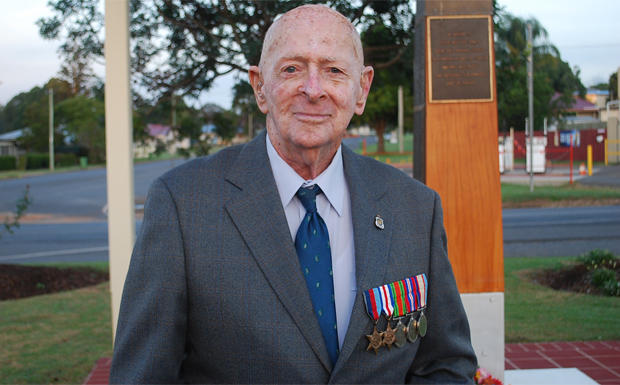
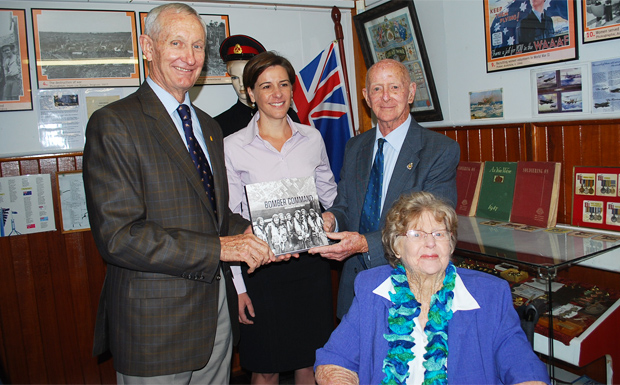
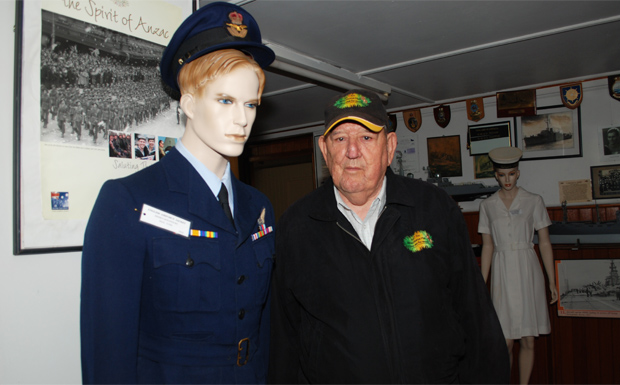
Related articles:
- Dutch Honour Aussie Delegation
- War Link Stirs Up Memories
- Poppies Placed On Graves
- Tiernan’s Crewmates Remembered
- Delegation Leaves For Dodewaard
- A Murgon Cobber Remembered In Print
- Delegation Seeks Names Of South Burnett’s Fallen
- Councillors To Honour Murgon War Hero
- School Captains Going To Holland
- Murgon’s War Hero To Be Honoured
- Meet Murgon’s War Hero
- Murgon Hero Remembered
- A Thank You To A Quiet Hero
[UPDATED]







